If you are interested to the previous posts of this series, check it out here:
- Bitcoin (BTC)
- Ethereum (ETH)
- Cardano (ADA)
- Binance Coin (BNB)
- Tether (USDT)
- XRP (XRP)
- Dogecoin (DOGE)
- USD Coin (USDC)
- Polkadot (DOT)
- Solana (SOL)
- Uniswap (UNI)
- Binance USD (BUSD)
- Bitcoin Cash (BCH)
- Litecoin (LTC)
- Chainlink (LINK)
- Terra (LUNA)
- Internet Computer (ICP)
- Wrapped Bitcoin (WBTC)
- Polygon (MATIC)
What is it?
Algorand (ALGO) was founded in 2017 by a MIT professor and Turing Award winner Silvio Micali in 2017 and the project's Chief Executive Officer (CEO) is Steve Kokinos, a Boston-based technology executive who is co-founder and former CEO of Fuze. The company behind the development of the project is Algo Capital. Algorand raised $ 4 million in a seed funding round in February 2018 whose investors included Pillar and Union Square Ventures. The latter is one of the most successful venture capital fcompanies whose investments include Coinbase, Duolingo, Kickstarter, Protocol Labs and Twitter. In October 2018, Algorand raised $ 62 million from 30 global investment groups, including Polybius Capital, NEO Global Capital and Eterna Capital. The decision to reach a large group of investors around the world was motivated by a desire to encourage development globally, according to Kokinos. It also launched a testnet right after the seed funding. 2019 was a year of rapid progress for the team. In January, the team released Algorand Vault, an official wallet that reduces the cost of storing on the blockchain and distributes across the network without sacrificing security and lowers the entry barrier for network access. Q1 also saw them release Software Developer Kits (SDKs) for Go and JavaScript. This was followed by the opening of the testnet to the public, ahead of the first auction in June, which officially signaled the launch of the Algorand mainnet. Several teams also announced that they would build on the Algorand platform. Algorand has a fundamental purpose for its existence: to improve the foundations of the current blockchain paradigm to provide what the team believes will be the most suitable base layer for the future of blockchain-related development. First, it intends to do this with a consensus algorithm that defines Proof-of-Stake. The name of the project derives from the “algorithmic randomness it uses… to choose a set of verifiers who are in charge of building the next block of valid transactions”. Algorand is a direct response to computational inefficiency and the trend of the Bitcoin-work test to lead to the centralization of mining. Beyond Bitcoin. Algorand's whitepaper references other solutions, most notably Ouroboros: a secure stall-proof Blockchain protocol, otherwise known as a consensus solution for the Cardano project (which is also heavily focused on a scientific approach).
How does it work?
The whole approach is based on the idea of removing the technical obstacles behind the growth of the blockchain: scalability, centralization and security issues. These are widely seen as the main obstacles preventing the blockchain from entering traditional adoption, among a few others. There are two other technical points to note with respect to the Algorand architecture. First, the probability of hard forks on the Algorand blockchain is unrealistically small, so each block is effectively finalized upon validation. Second, there is no monetary incentive, as there are no symbolic rewards for generating blocks, for nodes. The team plans to use the platform as a payment system, but the network also supports smart contracts. The Algorand team has published several whitepapers, with the original as basis for the network. Other whitepapers focus on scaling, governance, blockchain compression, and digital signatures. All these documents have been peer reviewed. The Algorand code is available for the more tech savvy. Algorand already has a diverse roster of partners that span the world. These partners span a wide range of industries, including financial services firms, cryptocurrency firms, venture capital firms, and more. For a project that has only recently emerged, Algorand has done an extraordinary job of bringing entities to its platform. The partnerships themselves cover a variety of different uses. Specifically, Algorand partnered with the Securitize platform focused on digital securities in September 2019. The partnership focuses on supporting the Securitize protocol on the Algorand blockchain. This offers users of the former “the ability to issue, trade and execute corporate actions using digital securities” on the Algorand blockchain. Stablecoin Tether (USDT) has also integrated with the Algorand protocol, a move both sides claim to facilitate interoperability and collaboration. AssetBlock, a real estate startup employing blockchain-based solutions, is also working with Algorand to offer investors access to low-cost real estate investment opportunities with high return potential.
Where to store it?
The best hot wallets for ALGO are Algorand Wallet, TrustWallet and Atomic Wallet. If you want more security, a cold storage like Ledger or Trezor is the right choice.
Pros&Cons
*DISCLAIMER* These lists are subjective, it depends from person to person
Pros
- Great devs team
- Well made and clear whitepapers
- Realistic roadmap
- Solid blockchain
- Environmentally friendly (its blockchain is used for planetwatch.io project
Cons
- It's not really decentralized
[link] [comments]

You can get bonuses upto $100 FREE BONUS when you:
💰 Install these recommended apps:
💲 SocialGood - 100% Crypto Back on Everyday Shopping
💲 xPortal - The DeFi For The Next Billion
💲 CryptoTab Browser - Lightweight, fast, and ready to mine!
💰 Register on these recommended exchanges:
🟡 Binance🟡 Bitfinex🟡 Bitmart🟡 Bittrex🟡 Bitget
🟡 CoinEx🟡 Crypto.com🟡 Gate.io🟡 Huobi🟡 Kucoin.
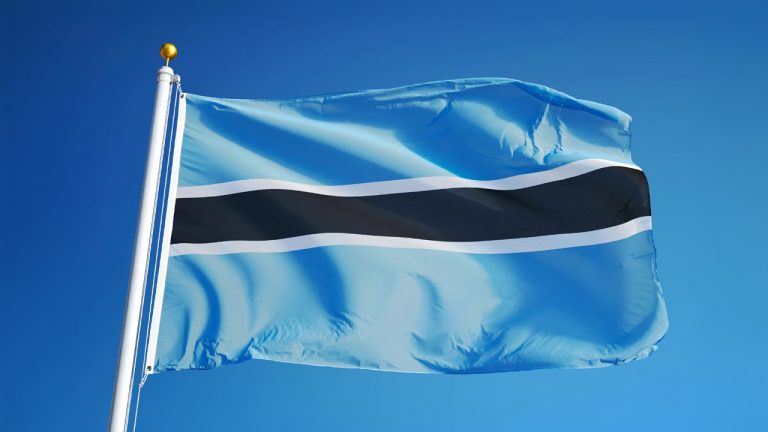
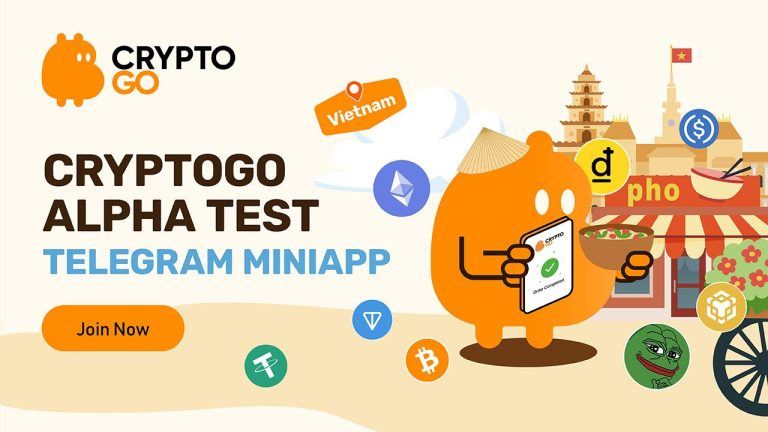

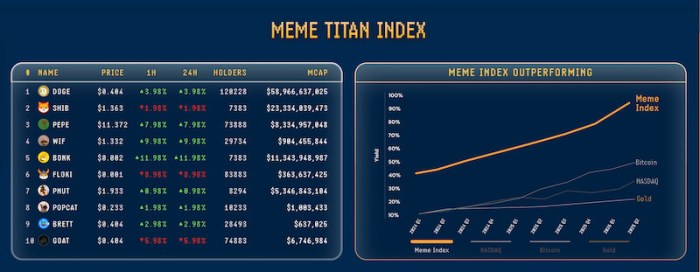
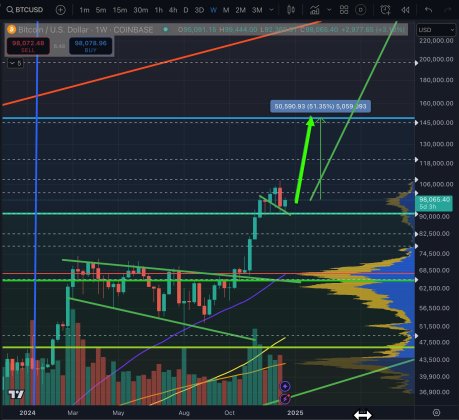
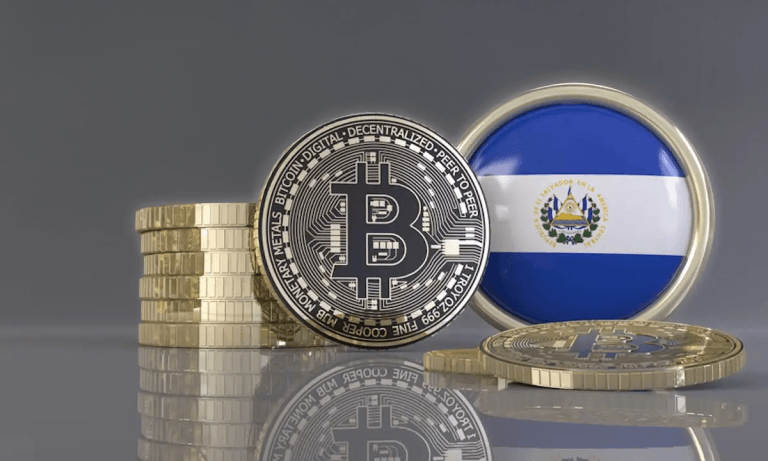

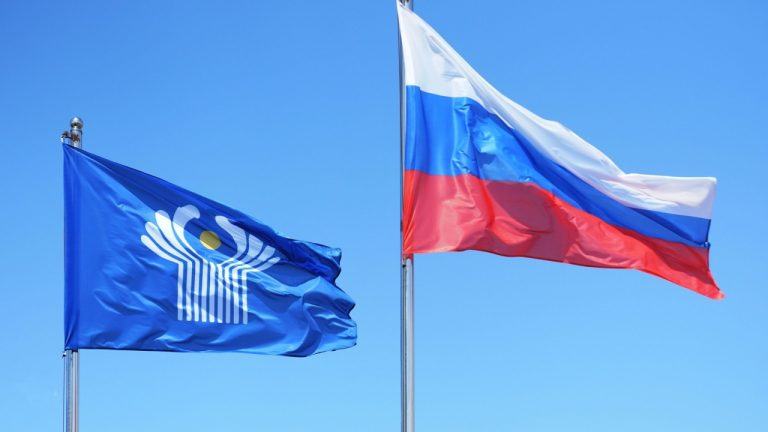
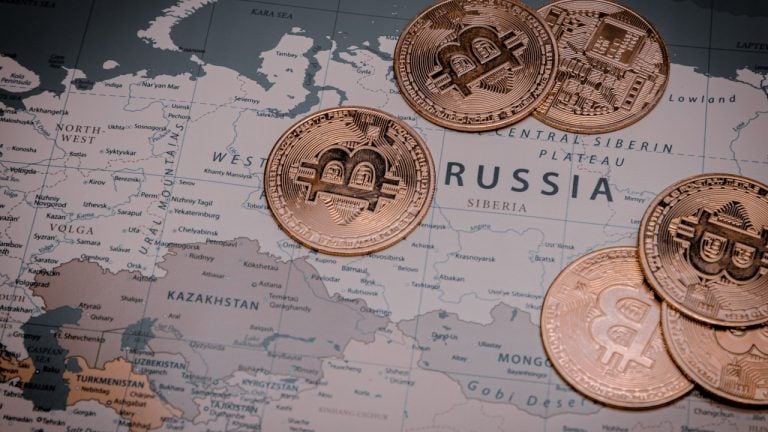
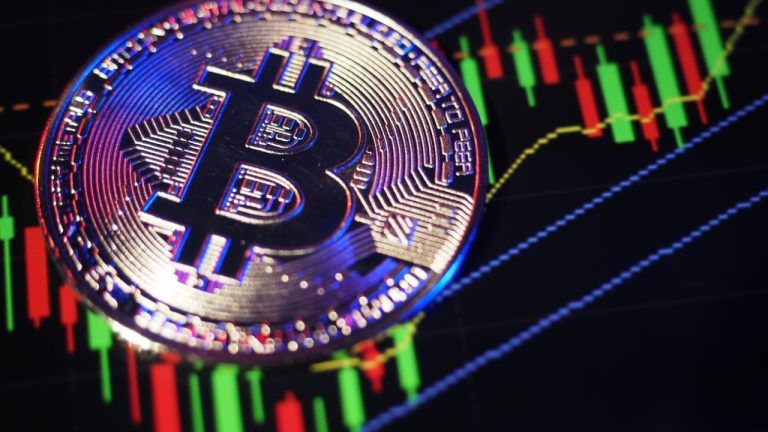

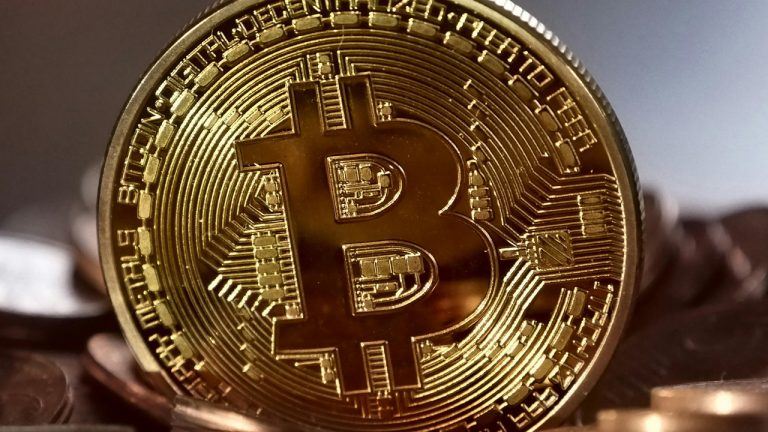

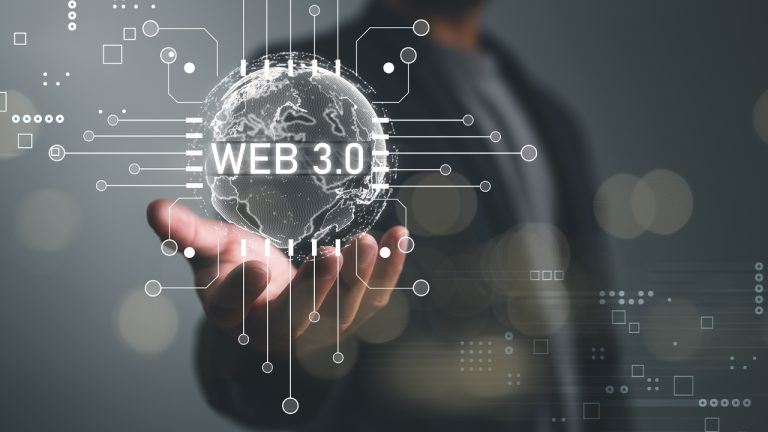
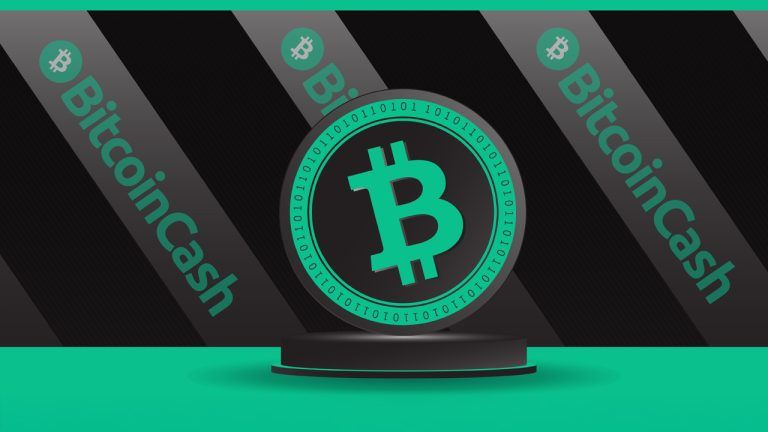

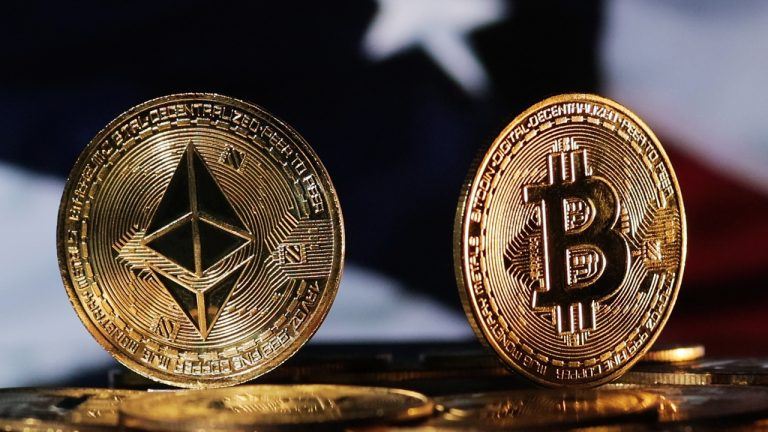



Comments